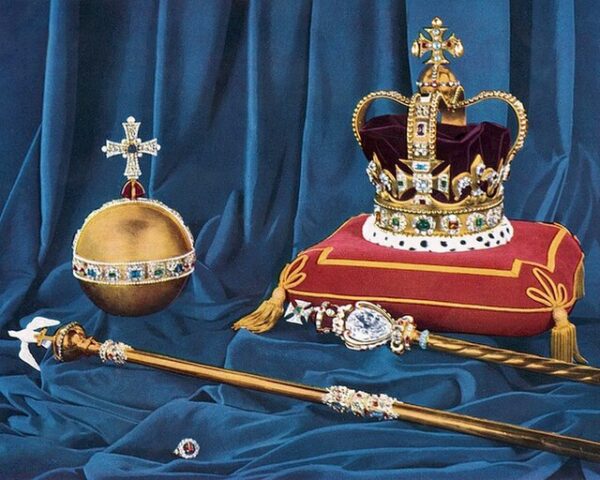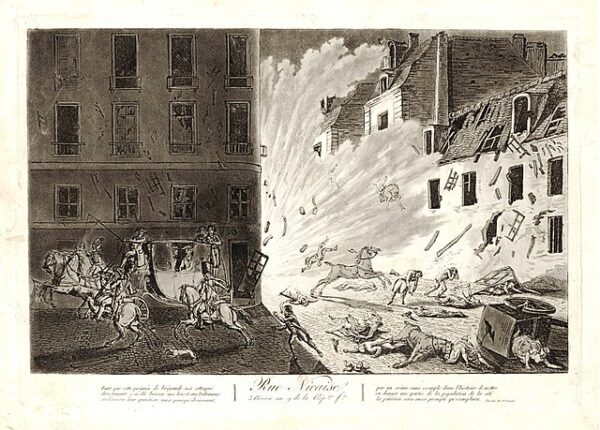On the morning of May 9, 1671, the Tower of London played host to one of the most improbable crimes in British history—a heist so brazen, so theatrical, it defied the line between treason and performance. Colonel Thomas Blood, an Irishman of Protestant birth and revolutionary temperament, disguised himself as a humble clergyman and nearly succeeded in stealing the Crown Jewels of England in broad daylight. The plot, absurd in its particulars yet audacious in scope, might have vanished into obscurity had it not been for the astonishing aftermath: not execution, not imprisonment—but royal pardon and reward.
Blood was no common criminal. Born in County Meath in 1618 to a well-off family loyal to Parliament during the English Civil War, he had once fought against the monarchy. But after the Restoration in 1660, disillusionment set in. He turned from soldier to saboteur, hatching a string of failed conspiracies—including an armed plot to seize Dublin Castle in 1663. None, however, matched the gall or theatrical flair of what he planned next.
At the time, the Crown Jewels—sacred symbols of English sovereignty—were housed in the Tower of London under the watch of Talbot Edwards, an aging ex-soldier turned keeper. Blood assumed the identity of “Parson Blood,” visiting the Tower in clerical garb with an actress posing as his wife and a young man introduced as his nephew. With practiced charm, he ingratiated himself with Edwards and his family over a series of visits, even proposing a fictitious marriage between the “nephew” and Edwards’s daughter. The ruse worked.
On the morning of the heist, Blood and his accomplices returned under the guise of formalizing wedding arrangements. Once inside the Jewel House, they struck. Edwards was knocked unconscious with a mallet and bound. Blood flattened the St. Edward’s Crown to fit it beneath his cloak. One associate rammed the Sovereign’s Orb down his trousers. Another sawed the royal sceptre in half.
But escape proved elusive. Edwards revived just long enough to cry out, and the alarm was raised. Blood and his men were apprehended at the Iron Gate, Crown Jewels still in hand—battered but intact. It was then that Blood made a demand as improbable as the theft itself: he would speak only to King Charles II. Remarkably, the king granted the request.
What happened next has perplexed historians for centuries. Not only did Charles II pardon Blood, he granted him land in Ireland worth £500 a year—a staggering reward for a man who had just assaulted the royal dignity with hammer and hacksaw. Was it admiration for Blood’s audacity? A shrewd move to co-opt a political threat? Or did Blood possess secrets the Crown feared would surface?
Whatever the motive, Blood lived out his days comfortably, dying in 1680. The Crown Jewels were repaired, and security at the Tower was—belatedly—tightened. Yet no attempted theft before or since has rivaled the sheer strangeness of Blood’s escapade.
It remains a parable of the Restoration—a time when loyalty was negotiable, punishment was political, and rogue adventurers could talk their way from the gallows to a government stipend. Blood tried to steal the crown, and in a way, he succeeded—not by taking it, but by making the monarchy bend.






